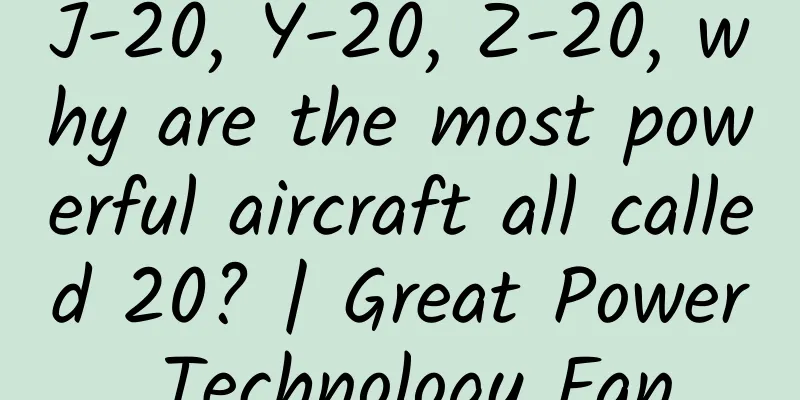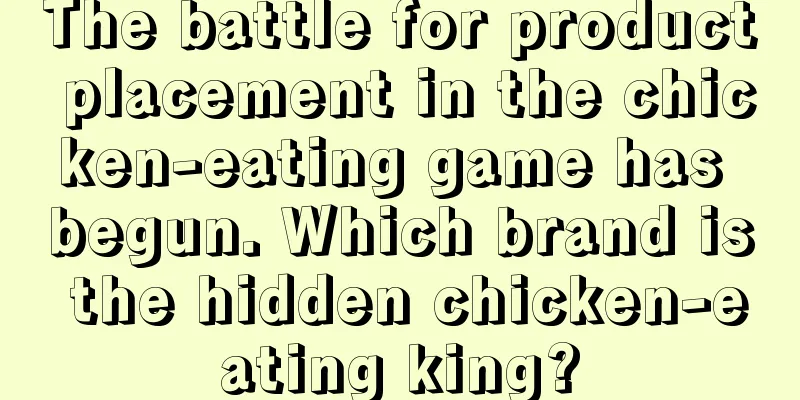Which mobile phone charging is better? 6 low-voltage and high-current fast charging solutions compete
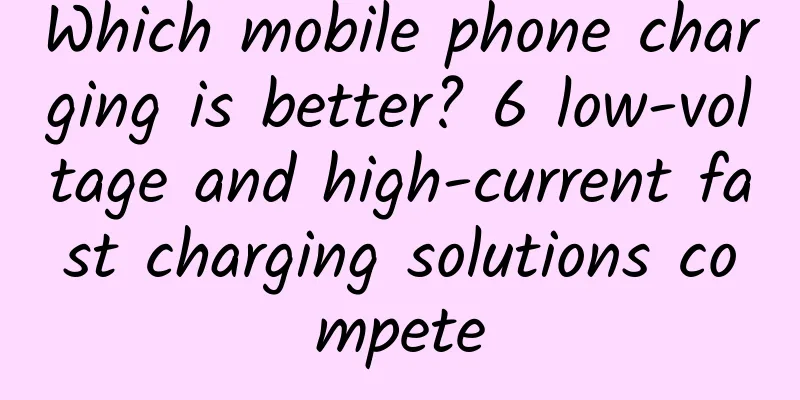
|
2016 was the year when fast-charging mobile phones shined. The fast-charging function was basically popularized in mid-to-high-end models, and even in some models below 1,000 yuan. In the context of no major breakthroughs in mobile phone battery capacity, the fast-charging function has become a point that consumers and manufacturers attach great importance to. I'm sure everyone has heard the slogan "Charge for X minutes, talk for X hours" many times. Simply put, charging power P = charging voltage U x charging current I. So if you observe a little more deeply, you will find that the mainstream fast charging solutions on the market are divided into high-voltage fast charging and low-voltage fast charging. The former is represented by Qualcomm QC2.0/QC3.0 and mtk PE 1.0/2.0, occupying a considerable market share, and the latter is represented by OPPO's VOOC flash charging technology. However, at the end of 2016, low-voltage, high-current fast charging seems to have the upper hand. Here is an inventory of several low-voltage, high-current fast charging solutions that have been or will be used in the mobile phone industry. 1. OPPO VOOC Flash Charge There is no doubt that it is OPPO's popular advertising slogan that has driven users' attention to fast charging in China. As early as 2014, OPPO launched this fast charging technology on its flagship mobile phone Find 7, which uses parallel shunt at 5V voltage to increase the charging current to 4A~5A. This technology requires the use of a special flash charger and data cable, and the Micro end of the data cable has been upgraded from a conventional 5-pin interface to a 7-pin interface. The first generation of VOOC flash charger had an output specification of 5V4.5A. Later, the VOOC mini flash charger was launched with a size nearly halved, and the output was increased to 5V5A. The latest version of the VOOC charger AK779 was further adjusted to 5V4A, achieving a balance between size, efficiency and output. It can be said that OPPO has long been leading the domestic fast-charging mobile phone camp with its VOOC flash charging technology advantage. The disadvantage is that this is OPPO's exclusive fast-charging technology and has not yet been authorized to third-party accessory manufacturers, resulting in users currently only having official accessories to buy. VOOC flash charging is equipped on OPPO's R series and N series high-end models. 2. ONEPLUS DASH Flash Charge ONEPLUS is a brand that has been targeting people who pursue quality in the past two years. It is very popular among audiophiles and geeks at home and abroad. On the ONEPLUS 3 released in June this year and the ONEPLUS 3T released in November, ONEPLUS used a fast charging technology called DASH flash charging. According to the response of OnePlus' technical director to netizens on social media, DASH flash charging technology has been authorized by OPPO, so DASH flash charging is also a low-voltage and high-current solution. It also requires the use of special chargers and data cables. The standard charger specification is 5V4A. Different from the MicroUSB interface of the VOOC flash charging data cable, the DASH flash charging data cable uses a Type-c interface, which supports both front and back side plugging and provides a better user experience. 3. Huawei SuperCharge Huawei's flagship Mate 9 phone, released at the end of this year, uses a number of new technologies, including SuperCharge. During the charging process, the charger and the phone will continue to "communicate" and adjust the voltage and current in real time to achieve faster charging speeds and lower body temperatures. It charges 50% faster than Mate8 (9V2A) and its body temperature is 5°C lower than S7 edge. SuperCharge fast charging also requires the support of special chargers and data cables. The difference from the previous two is that it chooses to thicken the USB interface contacts and transmission line cores. The original charger specification of Mate 9 is 4.5V5A. Due to its short launch time, there is currently no third-party accessories support. 4. Moto Turbo Power Motorola, a veteran mobile phone manufacturer, once launched its own Turbo Charge turbo fast charging technology based on Qualcomm's QC2.0 fast charging technology. This year, Moto (renamed after being acquired by Lenovo) released the Moto Z series modular mobile phones, which are equipped with a new generation of Turbo Power turbo fast charging technology. Among them, the Moto Z&Z Play models support 5V3A (15W) fast charging, and the most powerful version - Moto Z Force is also sold overseas. Moto Z Force comes standard with a Turbo Power 30 charger with an output specification of 5V5.7A (28.5W), which is the most powerful standard charger currently. According to foreign media reviews, Turbo Power turbo fast charging is compatible with the USB PD protocol. In order to withstand such a large current, the charger and charging cable are integrated. 5. Qualcomm Quick Charge 4 In mid-November of this year, Qualcomm released the next-generation flagship processor for mobile phones - Snapdragon 835 in New York, USA, and also announced the Quick Charge 4 fast charging technology. Although the official announcement did not disclose detailed specifications, the charging head network previously learned that one version of QC4 will use 5V/4.7A~5.6A and 9V/3A specifications, and the maximum transmission power of 28W will be a step up from the existing QC3.0. According to the information published in the 3C certification catalog of the Ministry of Industry and Information Technology, a new phone that has not yet been released by the domestic mobile phone manufacturer LeTV will be equipped with a 5V5A/8V3A charger. Considering the close cooperation between LeTV and Qualcomm, it is confirmed that QC4 will implement the route of low-voltage fast charging and high-voltage fast charging in parallel. This should be due to the judgment of industry trends and the need for compatibility with the past QC2.0/3.0. 6. MediaTek Pump Express 3.0 fast charging On the eve of ComputeX in Taipei in June this year, MediaTek released the latest generation of Pump Express 3.0 fast charging technology. The charging voltage can be adjusted in 10-20mV steps in the range of 3V-6V to obtain the best efficiency, and the maximum charging current can exceed 5A. At the first China Fast Charging Technology Seminar held in mid-June, MediaTek demonstrated the first Pump Express 3.0 fast charger with an output specification of 5.8V6A (34.8W Max), which has greatly exceeded the current average level. If it is commercialized, the charging time of mobile phones will be further shortened. MediaTek officials said that terminals supporting PE3.0 fast charging will be available at the end of 2016. In summary, we have reviewed several low-voltage, high-current fast charging technologies that have been released. The core point is to allow the current to be directly input from the charger to the battery of the mobile phone at a lower voltage (5V or lower), eliminating the process of high-to-low voltage conversion inside the mobile phone (the voltage of the built-in lithium-ion battery in the mobile phone is generally around 3.8V-4.2V), thereby improving efficiency and reducing heat. In combination with sensors that monitor temperature in real time, it often has more advantages in terms of safety. The rise of low-voltage, high-current fast charging is also inseparable from the rapid popularization of the USB Type-C interface. Except for VOOC flash charging, the other solutions are all based on the Type-C interface. Looking ahead to 2017, there will be more mobile phones and other devices using low-voltage, high-current fast charging technology on the market. Regarding charging, upstream and downstream manufacturers have shown us a rapidly changing and increasingly clear future. As a winner of Toutiao's Qingyun Plan and Baijiahao's Bai+ Plan, the 2019 Baidu Digital Author of the Year, the Baijiahao's Most Popular Author in the Technology Field, the 2019 Sogou Technology and Culture Author, and the 2021 Baijiahao Quarterly Influential Creator, he has won many awards, including the 2013 Sohu Best Industry Media Person, the 2015 China New Media Entrepreneurship Competition Beijing Third Place, the 2015 Guangmang Experience Award, the 2015 China New Media Entrepreneurship Competition Finals Third Place, and the 2018 Baidu Dynamic Annual Powerful Celebrity. |
<<: Want to say goodbye to the Home button? It's not as easy as you think
Recommend
99% of traders have paid the price for these 5 pitfalls in live streaming sales!
Luo passed the baton of exceeding 200 million GMV...
Mobei Class Foreign Trade SEO Promotion Google SEO (Google SEO) Tutorial (2-7 Periods 10-11 Periods) Value 3490 yuan
The fifth session of Mobei Kefan Foreign Trade Go...
Can subscription pricing bring Windows back to life?
Microsoft has just registered the "Windows 3...
Entering the "deep earth" and seeking technological breakthroughs are the key
On the morning of July 20, the first 10,000-meter...
Digging the root | Is hoarding a habit? Be careful, you may have this disease. Let's see if you have these symptoms
gossip Many people are reluctant to throw away th...
Why are plagiarized short videos more popular than original ones? Why is your copy not popular?
Some people always feel that the whole world is a...
After the iPhone price reduction across the board, how can I get a refund for the price difference if I bought it at a higher price?
On the evening of March 31, due to a sharp adjust...
The old man who is addicted to picking up garbage may be struggling with illness
From another perspective, collecting garbage may ...
Introducing 5 data-driven and practical customer acquisition methods
Admittedly, in many cases, the acquisition of new...
7 techniques to explain QQ group marketing and WeChat group marketing!
Groups are an Internet product with a relatively ...
How can advertising creatives be designed to stimulate user interaction?
With the rapid development of the mobile gaming i...
Is it an animal or a plant? Learn more about corals in one article~
coral We are familiar and strange It is sometimes...
Strategies to improve user retention
I have written an article in my previous diary ca...
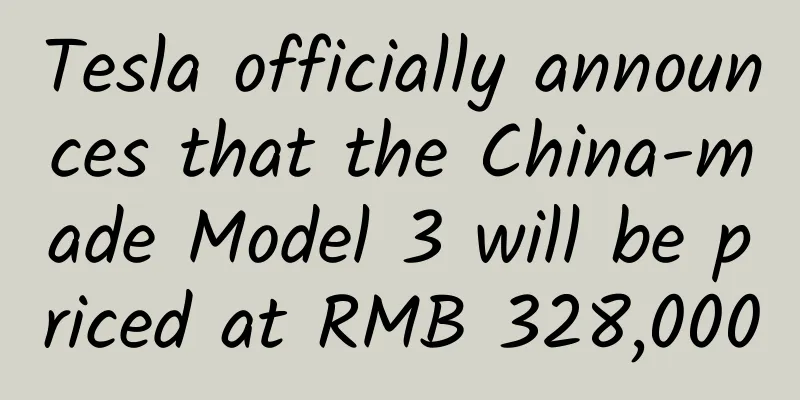

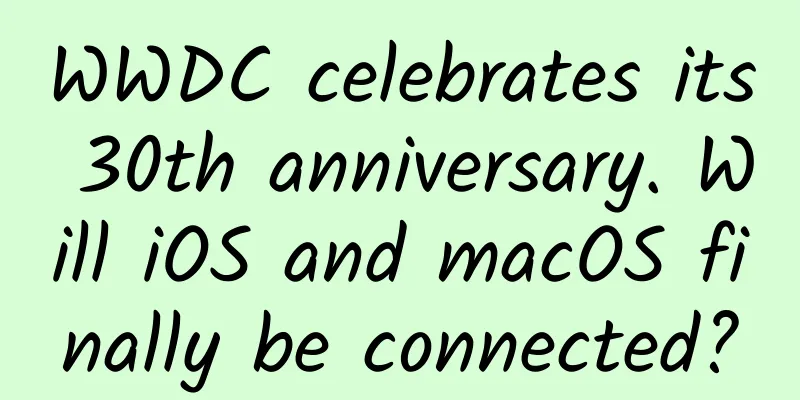

![[Recommended blog post] Real-time rendering of seawater on Unity3D mobile terminal](/upload/images/67ebf0304baa9.webp)

